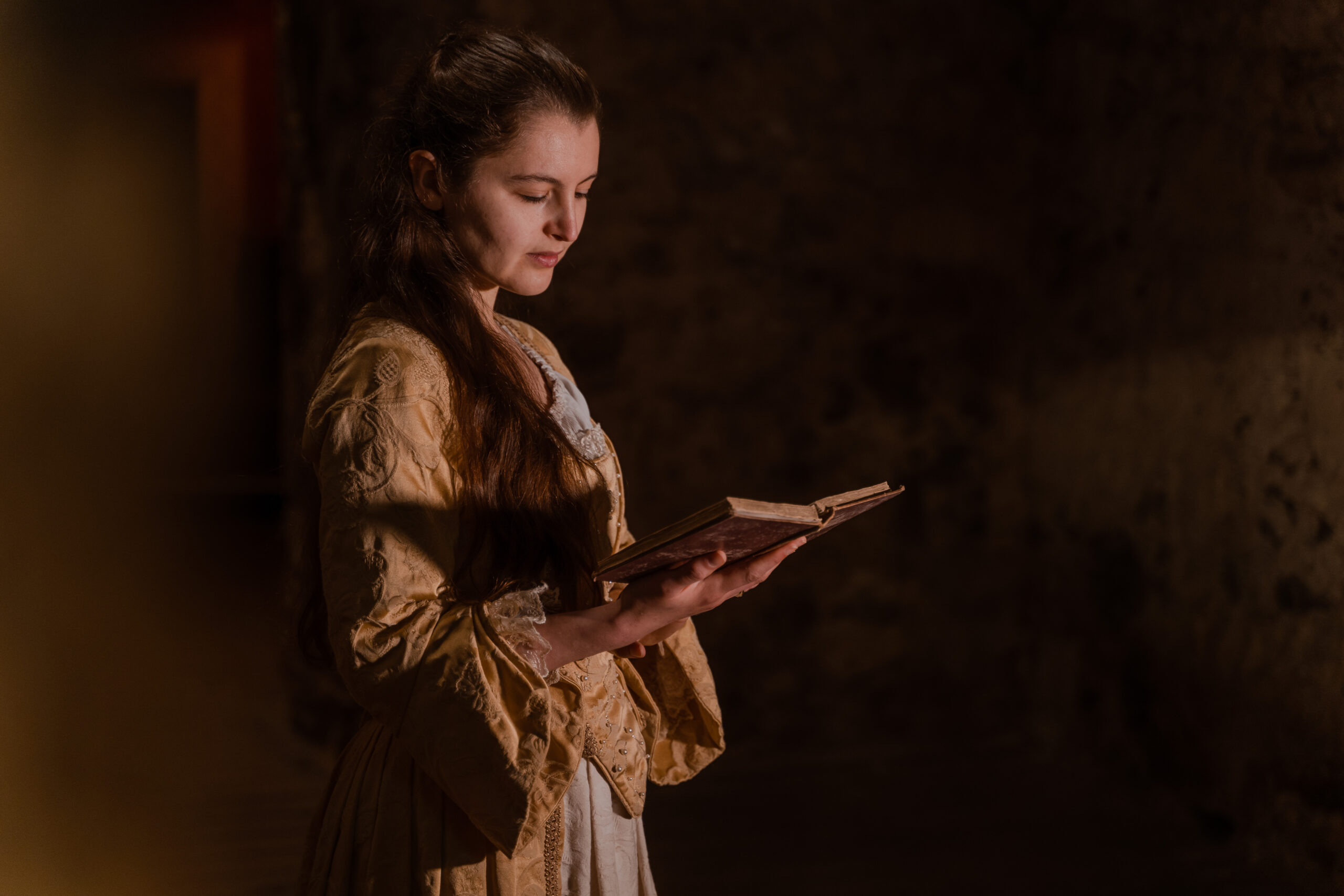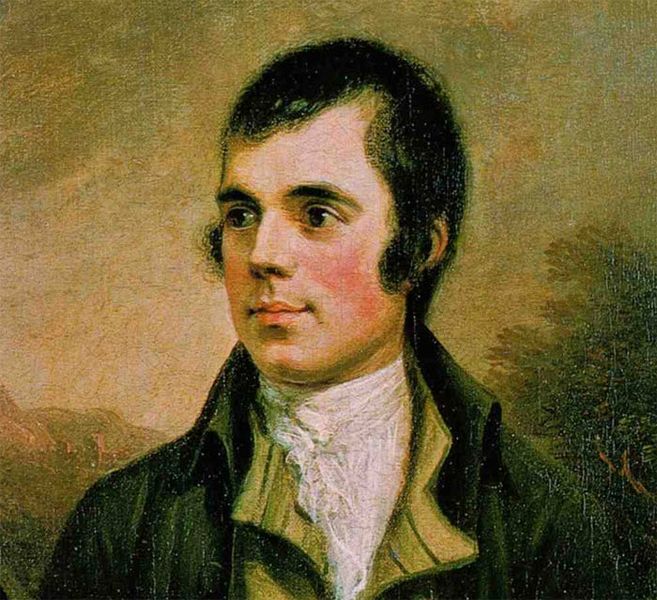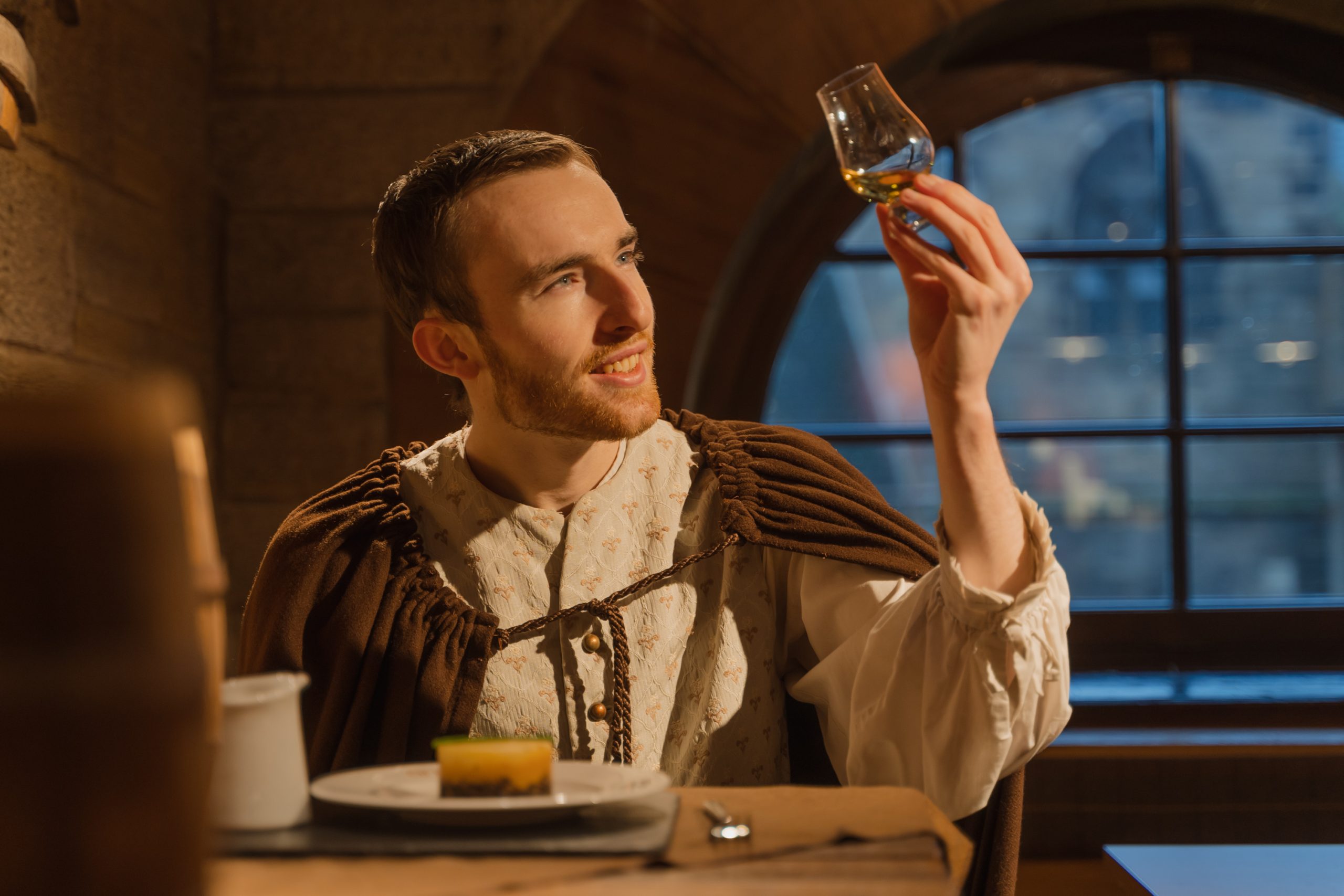Join us at The Real Mary King’s Close for Burns Night!

Burns Night 2024 is being celebrated at The Real Mary King’s Close on the 25th, 26th and 27th of January.
Book our Edinburgh Burns Night experience today.
O Whisky! soul o’ plays and pranks!
Accept a Bardie’s gratefu’ thanks!
When wanting thee, what tuneless cranks
Are my poor verses!
Did you know that Robert Burns loved whisky almost as much as he did poetry? Our Edinburgh Burns Night experience combines our 1-hour guided tour of The Real Mary King’s Close with Scots poetry. Also, an exquisite dining experience in collaboration with the Scotch Whisky Experience at the Amber Restaurant and a warming dram of whisky, raised in thanks to Scotland’s favourite son!
Speaking of whom, do you know the story behind Robert (‘Rabbie’) Burns? For an in-depth look at the life and times of the National Poet of Scotland, and the Edinburgh-born literary legend who inspired his works, read our blog from last year.
OR for an overview of Burns himself, and why we celebrate Burns Night, keep on reading!

Who was Robert Burns?
Robert Burns was the son of tenant farmers, William Burnes and Agnes Broun. He grew up in Alloway, Ayrshire, and was encouraged to read from an early age.
Burns was far more interested in pleasure – namely, drink, poetry, nature and women – than he was in farming. By the time his own father died in 1784, he was already the father of an illegitimate child. He went on to have another 12.
Burns had planned to move to Jamaica, but ended up staying in Scotland due to the success of his ‘Poems in the Scottish Dialect’, published in 1786. He married Jean Armour two years later, who took responsibility for all his children – legitimate and otherwise.
Despite being able to buy Ellisland farm near Dumfries, Burns’ financial hardships persisted. He became a full-time exciseman, which allowed him to continue writing poetry on the side.
The literary legend died at the age of 37 on 21 July 1796, after a 5-year struggle with rheumatism.
The Legacy of Robert Burns
Burns left behind an extensive collection of 550 poems and songs. Among them are “To a Mouse” (1785), “Address to a Haggis” (1786), “Auld Lang Syne” (1788), “Tam o’ Shanter” (1790), and “A Red, Red Rose” (1794). Perhaps you’ve heard of them!
He holds a revered status in Scottish culture. Not only for the beauty of his writing, but for preserving the Scottish dialect.
Since the Union of the Crowns in 1603, when James VI of Scotland became James I of England, Scots had already started fading into obscurity; Burns saw to it that our language was kept alive through his songs and works of poetry.
Today, his writing is viewed as the zenith of Scottish literature. Subsequent works either imitated his style or were penned solely in English. Burns is also admired for his persona, often portrayed as the embodiment of Scottish conviviality with his unapologetic revelry, characterised by heavy drinking and romantic pursuits.

Burns Night 2024
The first ‘Burns Supper’ was held in 1801. A group of Burns’ close friends marked the fifth anniversary of the poet’s death with feasting, revelry and song. After deciding to make the occasion an annual event, Burns Suppers have been celebrated on the bard’s birthday – the 25th January – every year since.
While a Burns Supper typically follows this format, our Edinburgh Burns Night, in collaboration with the Scotch Whisky Experience, promises to be filled with the same quality of history, poetry and whisky as is enjoyed each year when we celebrate the life and work of Robert Burns!









